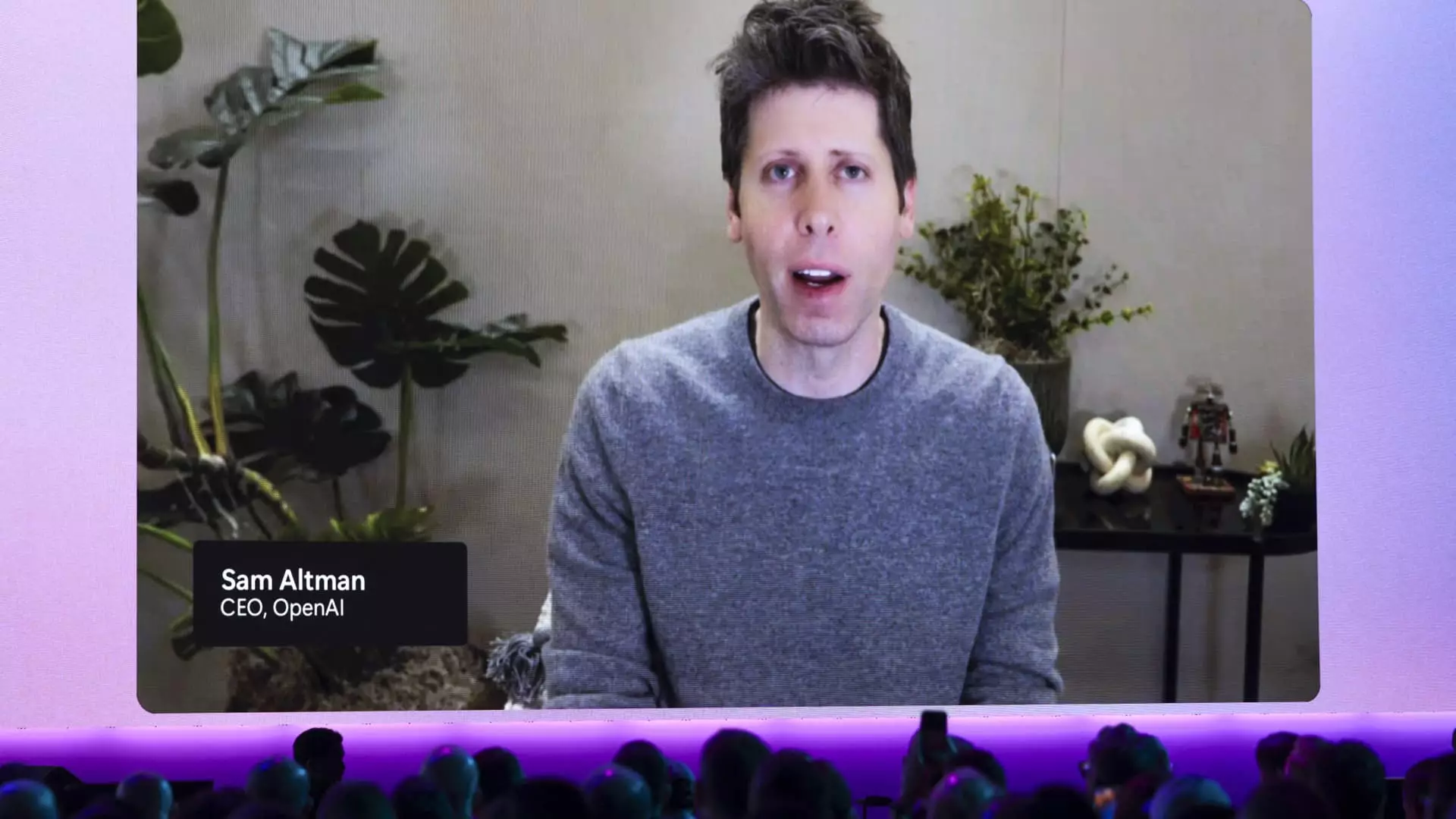In a mere blink of an eye, OpenAI has catapulted itself into the elite echelons of tech giants, achieving an astounding $10 billion in annual recurring revenue (ARR) within just three years of unleashing its groundbreaking ChatGPT. This impressive figure underscores not only the soaring demand for its products but also the unyielding ambition that fuels its innovations. However, with such astonishing growth comes a dire question: is this rapid ascent a testament to prudent investment in the future, or a reckless gamble that could destabilize the very foundations of technological ethics?
OpenAI’s revenues flow from a variety of sources, including consumer offerings, business solutions, and application programming interfaces (APIs). Yet, there’s a catch—what’s not included in this impressive figure is a significant revenue stream: licensing money from tech titan Microsoft and other one-off deals. While this apparent financial success creates an enticing narrative, it also obscures underlying vulnerabilities. As reported, OpenAI bled approximately $5 billion last year; an alarming metric that calls into question the sustainability of such a business model. Are we witnessing the birth of a revolutionary entity or merely the brilliance of a mirage?
The Financial Chasm: Growth vs. Sustainability
OpenAI’s ambitious forecast of hitting $125 billion in revenue by 2029 may sound excellent on paper, but it raises eyebrows about the practicality of such expectations. With its massive valuation—sitting at roughly 30 times its revenue—investors appear to be betting on a hyper-growth vision that borders on fantastical. While ambitious goals can drive innovation, they can also lead to harmful outcomes when financial stability is sacrificed in pursuit of rapid expansion.
Furthermore, the company’s recent funding rounds, including a landmark $40 billion infusion marked as the largest private tech deal in history, pen a gripping tale of Silicon Valley’s high-stakes poker. Investors like Microsoft and Japan’s SoftBank back OpenAI, hoping for a hefty return on their investment. Indeed, the promise of technology that could potentially redefine industries is alluring. However, in a world already fraught with ethical dilemmas around artificial intelligence, an unchecked pursuit of profit could lead us down a dangerous path.
The Human Cost of Automation
OpenAI claims to support an astronomical 500 million weekly active users and boasts three million paying business customers—up from two million just a few months prior. These numbers are astonishing, yet they provoke a critical examination of the long-term societal implications of such swift adoption. As automation accelerates, what happens to the workforce? Will millions of jobs be rendered obsolete, or will we find new opportunities emerging from the ashes of old industries?
Through its rise, OpenAI must grapple with the potential fallout of its innovations on employment, privacy, and social equity. As we delve deeper into the age of artificial intelligence, companies like OpenAI bear an immense responsibility to ensure that their technology serves the broader society and does not exacerbate existing inequalities.
As OpenAI stands at the precipice of historical change, one cannot help but ponder whether its staggering financial milestones are a beacon of hope for technological advancement or an unnerving signal of society’s impending challenges. In a world craving progress, the journey of this Silicon Valley powerhouse is sure to raise crucial questions that we must explore.

